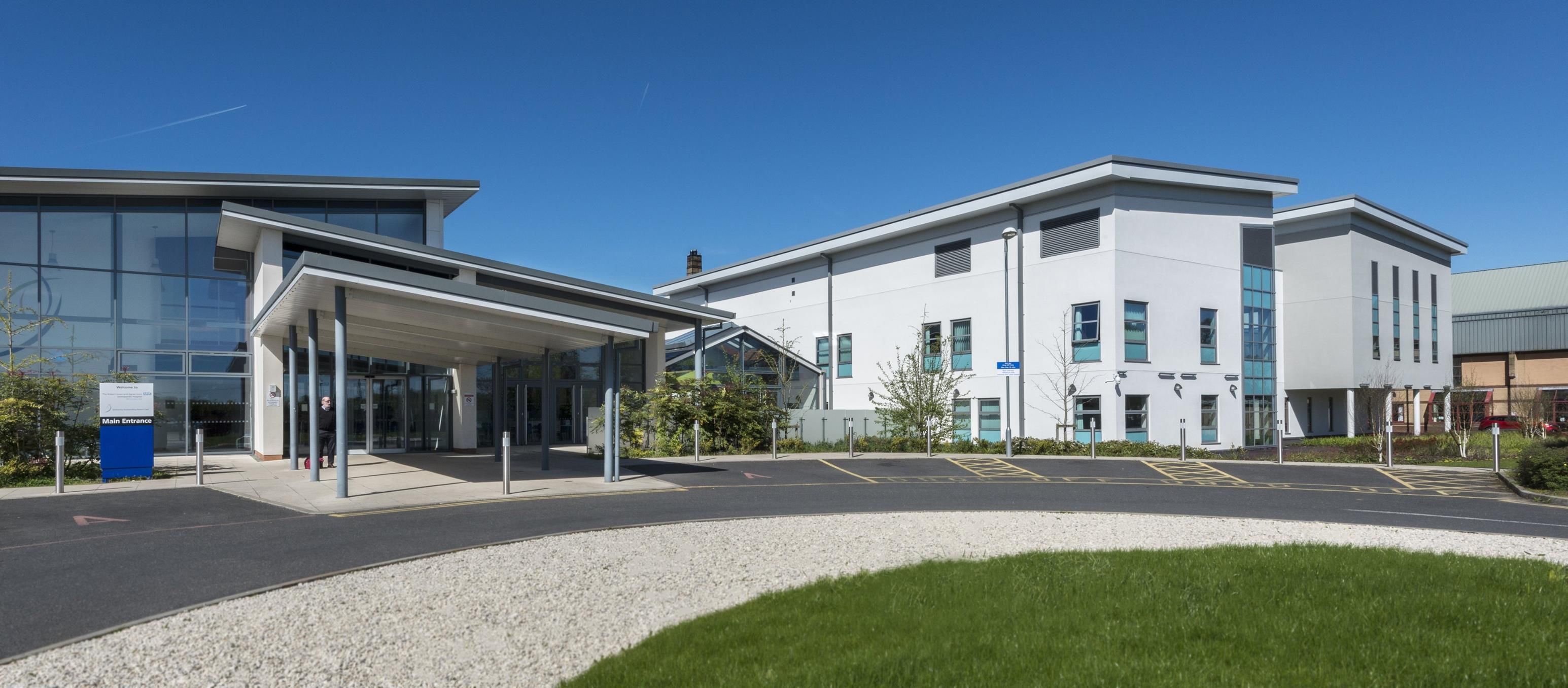About Us
Our NHS metabolic bone unit offers a huge potential for research.
Every year more than 10,000 patients attend the clinic, which is expected to grow to more than 15,000 per year with acquisition of a second bone density scanner in 2024. These patient numbers are the highest of all the metabolic bone units across the UK. RJAH is the only specialist metabolic bone centre across Cheshire, Shropshire, and large parts of Mid and North Wales. The unit is led by a metabolic consultant, Prof Chadi Rakieh, who also holds an NIHR fellowship to investigate the impact of obesity on fracture risk. The team collaborate widely with other research groups, hospitals and Universities (such as Oxford and Keele) and together have a vast experience in teaching, research and the specialist clinical care of metabolic bone disease.
Research at the RJAH Orthopaedic Hospital
Over the last two years, we have made significant progress in metabolic bone research with the metabolic bone lead, Prof Rakieh, securing an NIHR sponsorship scheme to investigate the impact of obesity on fracture risk, approval for the acquisition of a second DEXA (bone density scanner), addition of specialised scanner (QCT) software to assess bone microstructure, and building up the local metabolic bone research team. We have also created an extensive research database that will maximise our research potential and allow us to deliver more impactful research.
Through detailed questionnaires, clinical history, bone density measurements, and other investigations, we collect extensive clinical, biochemical, and imaging data on all patients. The data include demographics, ethnicity, lifestyle risk factors, BMI, waist circumference, comorbidity, drug history, fracture, physical activity level, frailty, and falls, among others. Our patients are followed up on a 2-3 yearly basis creating an ideal opportunity for a longitudinal bone health and comorbidity cohort that. This will ultimately generate impactful data that will inform national guidelines on the treatment of patients.

Progress we have made
Here are some of our recent presentations and scientific reports.
Relationship Between Central Adiposity Measured by Waist to Height Ratio, BMI Obesity, and Recent Osteoporotic Fracture: A Cross-Sectional Study. WCO-IOF-ESCEO Congress 2024, London.
Previous Antiresorptive Therapy and Baseline serum PINP as Indicators of Six-month Bone Mineral Density Response to Romosozumab: Real world Data from a Metabolic Bone Service in England. WCO-IOF-ESCEO Congress 2024, London.
Clinical Frailty is Associated with a Previous Hip, Vertebral, and all Fracture plus Type 2 Diabetes: A Cross-Sectional Study of a UK Older Population. European Calcified Tissue Society Congress 2024, Marseille.
Bone mineral density response to long-term bisphosphonate treatment and discontinuation in a real-world clinical service. Endoc Pract.2023
Impact of Different Anti-Hyperglycaemic Treatments on Bone Turnover Markers and Bone Mineral Density in Type 2 Diabetes Mellitus Patients: A Systematic Review and Meta-Analysis. Int. J. Mol. Sci. 2024, 25, 7988.
Evaluation of response to alendronate using a bone turnover marker. Research Day RJAH 2022.
Trabecular bone score improves fracture risk stratification in patients with reduced bone mineral density. EULAR 2020
Impact of trabecular bone score on intervention threshold for bone sparing therapy in patients referred for bone mineral density. EULAR 2020.
Trabecular bone score as a risk factor of bone disease in patients with liver cirrhosis. Royal Osteoporosis Society (ROS) 2020.
Evaluation of treatment target response in real-world clinical practice. ROS 2020 abstract (won outstanding abstract award at this meeting ).

The Metabolic Bone Laboratory
Throughout life, your skeleton is constantly renewing itself by breaking down old bone (bone resorption) and forming new bone (bone formation). This ongoing process, known as bone turnover, helps repair tiny amounts of bone damage and maintain bone strength. During bone turnover, certain chemicals are released into the blood and urine, called bone turnover markers. These markers can show either bone breakdown or bone formation.
We can measure these bone turnover markers in blood or urine. We routinely measure the bone formation marker PINP in blood but can also measure other markers like bone alkaline phosphatase and CTx in special cases. These tests help doctors assess bone health, monitor the effectiveness of osteoporosis treatments, and decide if treatment needs to be restarted after a break (a drug holiday).